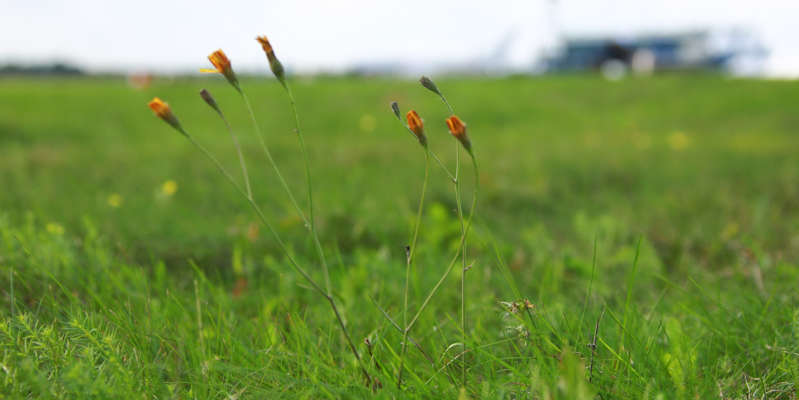
Orange giant slugs in Russia ousted ordinary gray mollusks
Giant orange slugs that came to Russia along with imported plants pushed the local gray mollusks out. This threatens the ecosystem with serious distortions, RIA Novosti reports, citing Ilya Gomyranov, a zoologist and a Skoltech employee.
Gastropods over 10 centimeters long are believed to be Arion lusitanicus, he said. Until the first half of the last century, they lived in the Iberian Peninsula and Portugal. Now they are often seen in Moscow. The specialist believes that the alien slug is most likely imported into the country along with bushes and roll lawn from the southern regions. And since the representatives of this species practically do not have natural enemies, they actively reproduce and are able to “raid” meadows, orchards and vegetable gardens. It is also worth considering the fact that Lusitanian slugs are hermaphrodites, one individual can produce up to a hundred eggs in one clutch.
“Lusitanian slugs, due to their size and ecological plasticity, can displace our species, for example, the usual gray slug,” said the zoologist.
As noted by the scientist, slugs are also similar to the species Arion rufus. These are red roadside slugs. They grow up to 18 centimeters in length and are common in Western and Central Europe and North America. The individual usually lives in gardens, fields, forests near humans.
Gomyranov clarified that a large slug is not dangerous for a person. Contrary to popular belief, he does not tolerate a bull tapeworm. A person becomes infected with bovine tapeworm only when eating raw meat.
Earlier it was reported that giant slugs attacked a village near Tver. The entire harvest was at stake. Photos of the clams were posted on social media.

